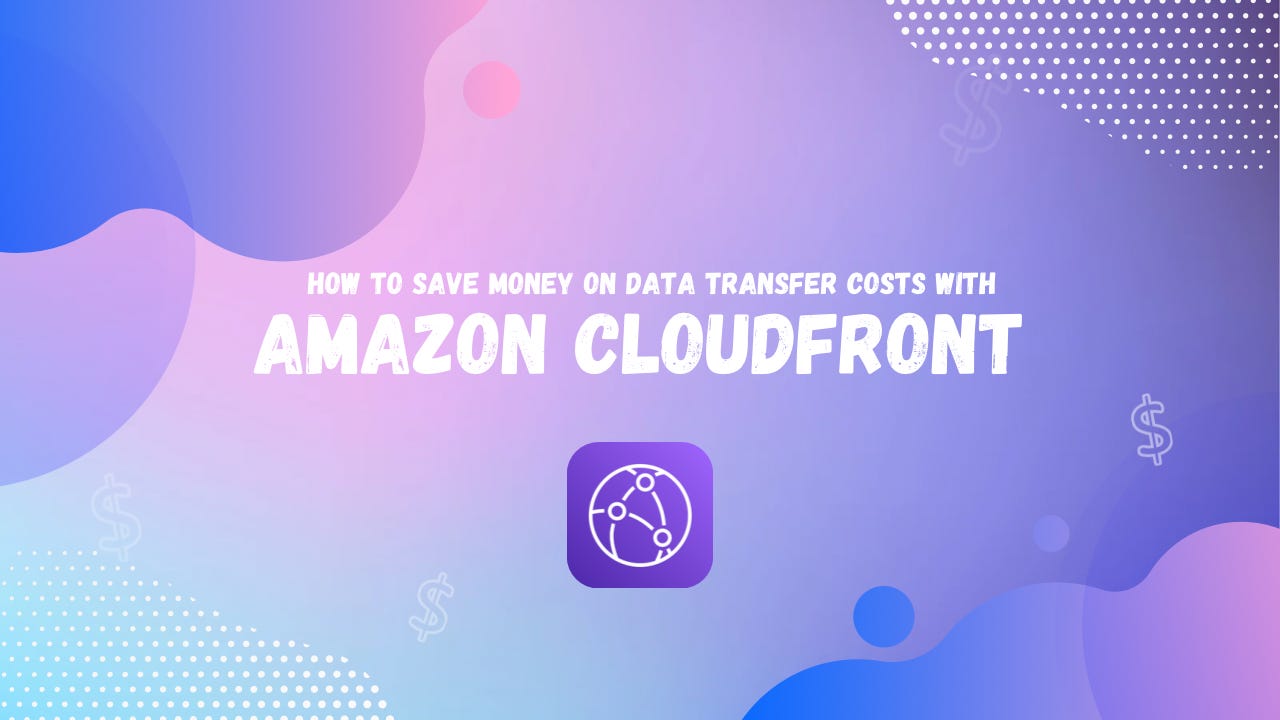How To Save Money On Data Transfer Costs With Amazon CloudFront
Cut down on data transfer costs by caching content closer to users
Data transfers are one of the more significant elements that add up your AWS bill each month.
One highly effective way to optimize these data transfer costs is to store data closer to your users and serve it on request.
Cached data can be thought of a recycling method; the same data can be served from the cache to thousands of users rather than make those requests to the database, server or storage.
How CloudFront helps
CloudFront caches your data at edge locations around the world. Instead of your users fetching the data directly from your servers each time, they can instead get the data from the nearest edge location.
Not only does this lower the latency but it also significantly reduces costs on data transfers.
On top of that, CloudFront offers free outbound data transfers. This means that you only pay for what you transfer from your origin to CloudFront, which is already much cheaper than direct transfers to the internet.
Getting Started with CloudFront
Setting up CloudFront is straightforward, you can easily integrate it with other AWS services like S3, and EC2.
Once its setup, CloudFront will start caching your data and optimizing data delivery right away.
You can further optimize cached content by enabling compression on your assets. Compressed files are smaller and therefore enable reduced data transfer costs and speed.
One Tip To Save Costs
You can increase the cache duration for static content like images and files by setting longer TTL in the Cache-control headers.
This reduces the frequency of requests to your origin server, cutting down on data transfer costs.
Conclusion
Amazon CloudFront lets you significantly reduce data transfer costs while speeding up content delivery latency. Implementing caching strategies and optimizing cache settings ensures that your users receive data faster and more cost-effectively.
👋 My name is Uriel Bitton and I’m committed to helping you master Serverless, Cloud Computing, and AWS.
🚀 If you want to learn how to build serverless, scalable, and resilient applications, you can also follow me on Linkedin for valuable daily posts.
Thanks for reading and see you in the next one!




